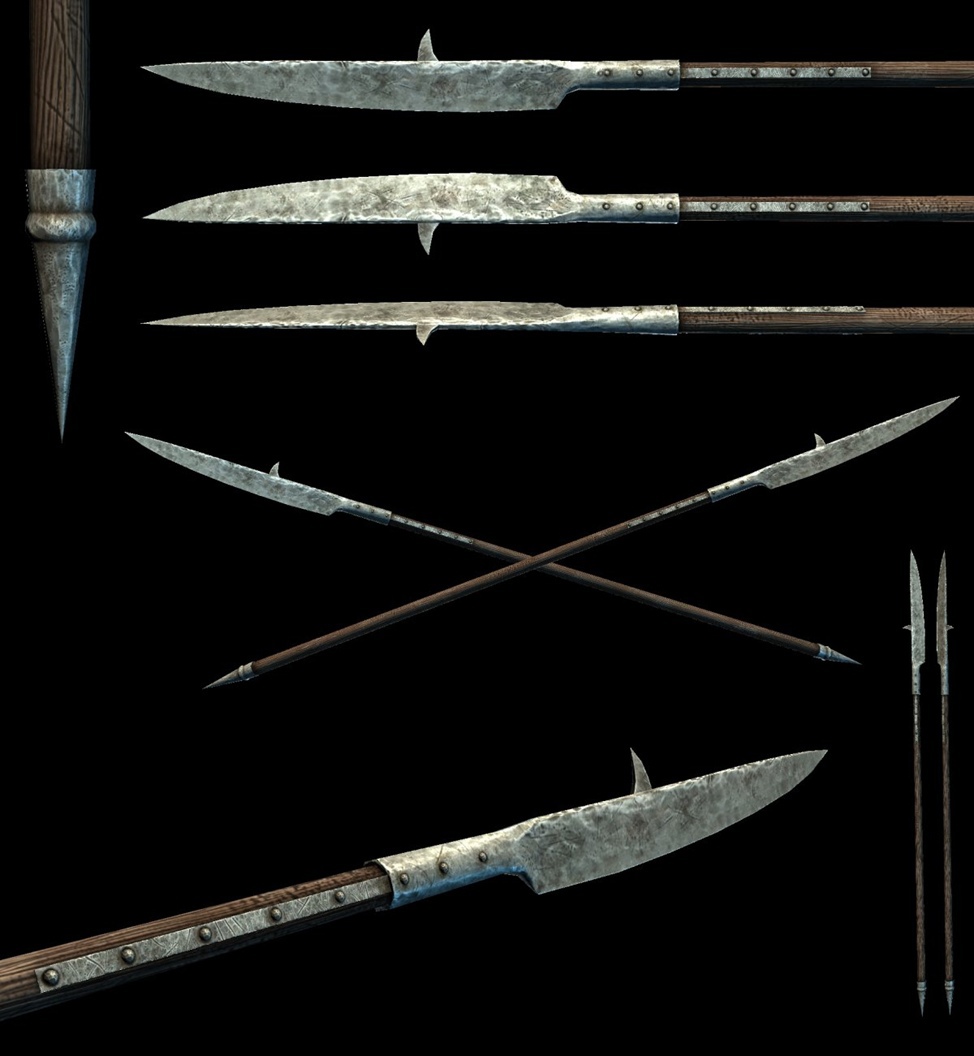
No products in the cart.
The feudal era, which began after the fall of the Western Roman Empire, gave rise to many new or improved types of weapons in Europe. The appearance or modification of edged weapons was caused primarily by the need to achieve a certain efficiency on the battlefield. Also, a social and economic factor could play into the appearance of murder weapons, depending on the conditions in a particular region. In any case, the medieval era presented such types of weapons as halberd, poleaxe, war hammer, flanged mace and glaive to the treasury of materials for the study by weaponologists. We will discuss the glaive in the article.
A glaive of the couse type.
Glaive: history, blade
shapes and subtypes:
The glaive appeared apparently in the second half of the 13th century and is widely used
under various names in medieval Europe. First of all, it was an infantry weapon
and, in accordance with the different shape of the blade, it could be used on
the battlefield with different techniques from each other.
The glaive was a large blade mounted on a shaft 150 to 200 cm long. The blade had a length
of 30 to 60 cm. The tip had different shapes, on which the possibilities of use
on the battlefield depend. The glaive was a chopping and stabbing shaft weapon.
The tip
with the end of the blade curved into the horseman's pick) was used in Europe
to resist cavalry. This was due to the ability to pull the rider off the horse
with such a blade. A glaive with such a tip in Europe was called a guisarme and
a bill, despite slight differences in shapes. Such glaives were very popular in
the British Isles and in Italy until the 16th century. It was difficult to
inflict piercing blows with a beak-shaped blade, so the infantrymen used
cutting blows, but a thorn on the butt could be used to puncture the chain
mail.
The tip
could be provided with a spike on the spine to create an additional working
surface. The bill usually had a straight spike, and guisarme had an awl-shaped
branch going in the direction of the shaft.
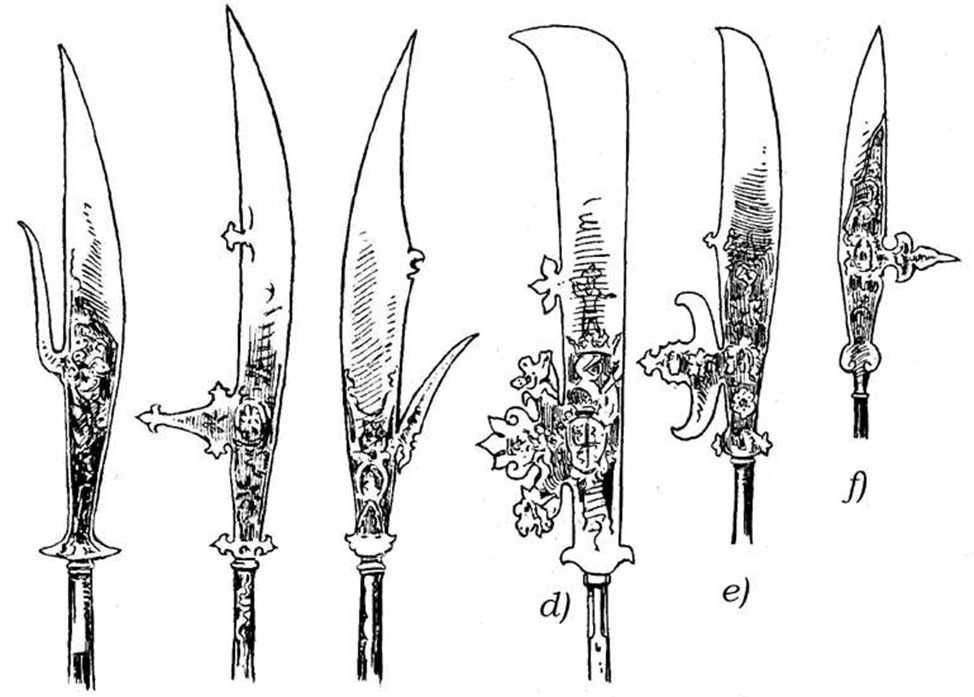
Copies with a straight blade with a pointed end were also distributed. Glaives of this type were called couses. Such specimens could perfectly serve for piercing chain mail and weakly protected places in plate armor (neck and armpits).
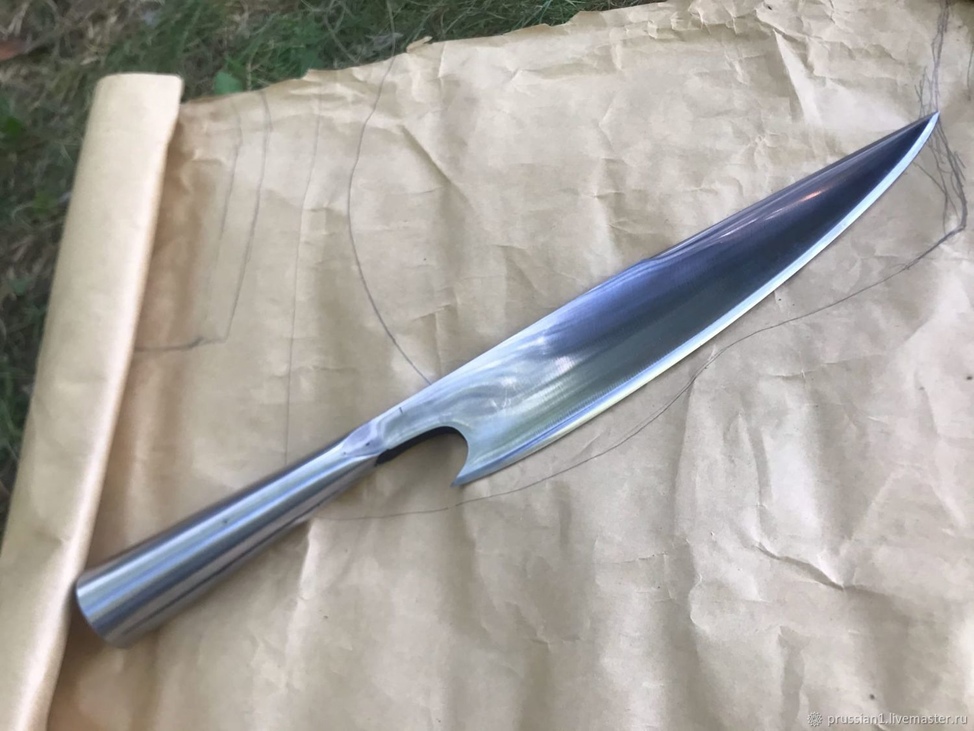
Glaives
become quite widespread by the middle of the 14th century and gradually this
weapon becomes one of the main ones for infantry. So the Burgundian Duke
Charles the Bold demanded that the soldiers standing in front of the shooters
had swords, daggers and glaives with them. Also, the French feudal lords called
the militia brought with them “glaives”, which indicates the main weapon of
this infantry. These weapons were relatively cheap, which made it possible to
equip fairly large infantry troops.
Transition to the
ceremonial weapons:
By the beginning of the 16th century, ornate glaive specimens appeared, with etching and chasing patterns on the blade. Such copies can be seen in the bodyguards of European kings and dukes. Such glaives primarily served as an indicator of the status of the customer, who equipped his guards with expensive shaft weapons.
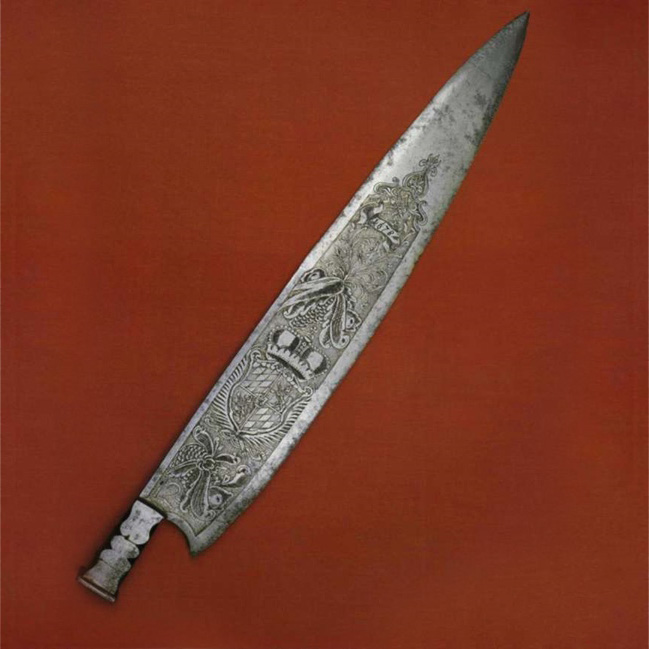
The tip of
the couse of bodyguards of the Elector Palatine Karl Ludwig. On the tip of the couse
is the coat of arms of the Electorate of the Palatinate.
The
ceremonial type of glaive, unlike simple combat specimens, lived much longer,
until the second half of the 18th century. Joseph II's guards were armed with
glaives. But after that, the tradition of ceremonial glaives was discontinued.
Analogues of the European
glaive in other regions:
Asia had its own analogues of the glaive. For example, the Chinese shaft weapon guandao can be attributed to this type of weapon. The main differences between guandao and the European glaive are the wide blade (about 16 cm) and the tip length can be up to 60 cm. The functionality was not much different from the European glaive. The Chinese analogue of the glaive appeared earlier than its European counterpart around the 7th century AD.
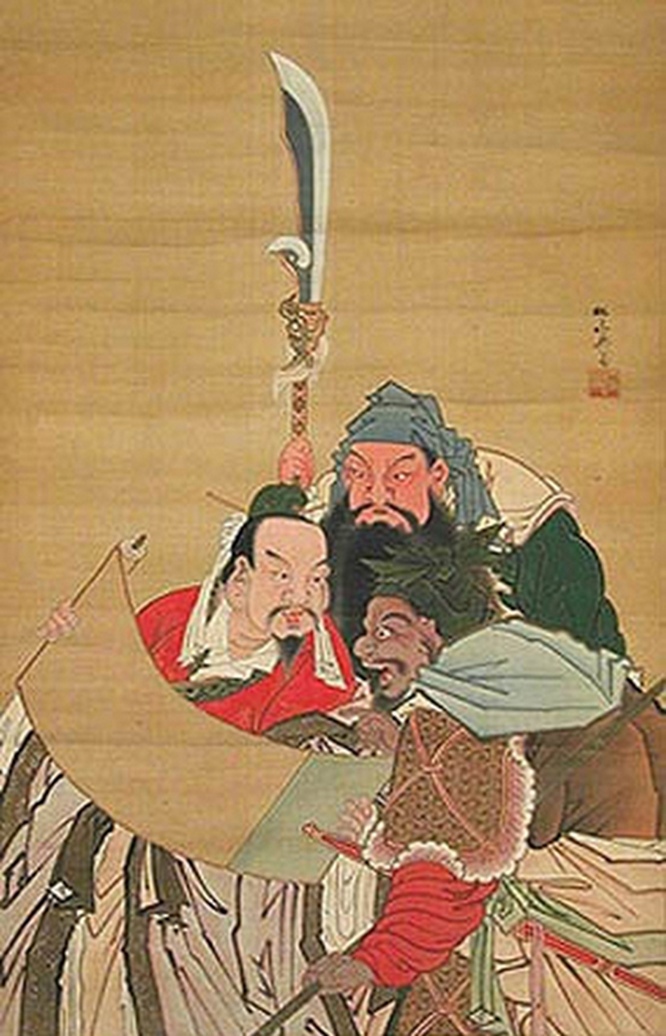
"Three
Heroes of Three Kingdoms " - Japanese woodcut. In the image you can see guandao.
There were
also special weighted guandao to test the skills of warriors. In general, most
researchers believe that this shaft weapon originated as a training one, only
later it became a combat one. Guandao were common in neighboring countries with
China and were used by elephant riders.
Also, an
analogue of the glaive could be seen in Japan in the form of a naginata. In
fact, this type of Japanese weapon is a long-handled blade. Weapons of this
type from the Japanese were in demand in all strata of society from monks and
commoners to samurai.
Naginata in
the absence of a culture of using shields could be a more effective weapon. The
weapon was actively used from the 8th century to the 19th century. In
particular, with the advent of the samurai class, girls of noble families had
to master naginata by the age of 16. This was necessary, especially during the
period of feudal fragmentation, when representatives of noble families
sometimes had to directly participate in the defense of the castle. Indeed,
during the Sengoku period or the Boshin War, there were episodes of onna-musha
(female warriors) participating in combat.
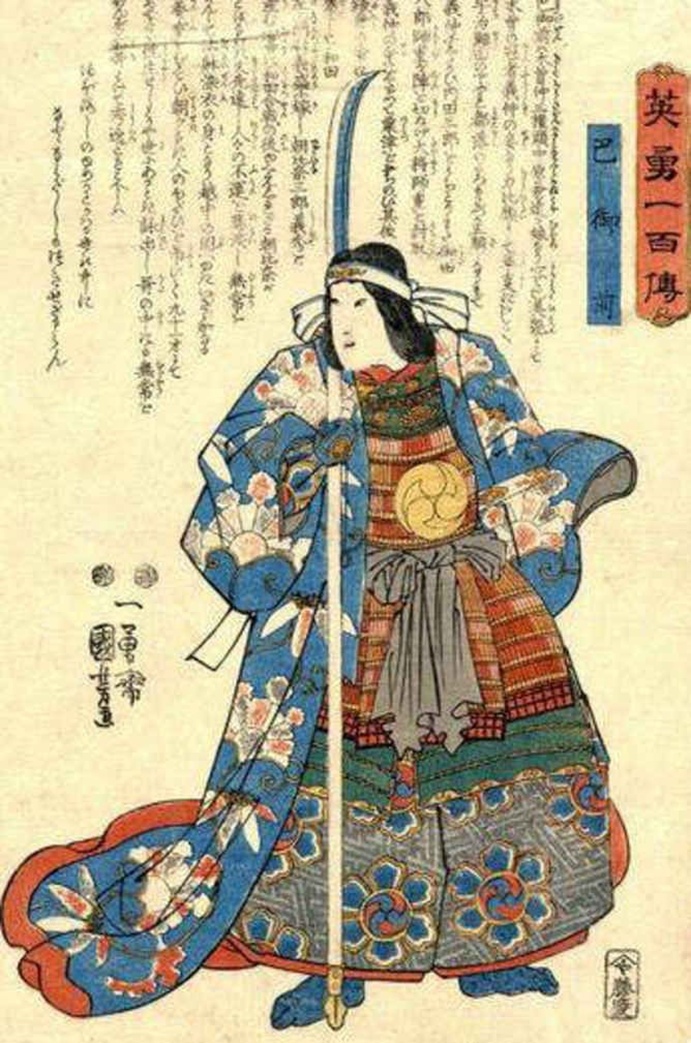
Tomoe Gozen
is a medieval Japanese warrior with a naginata who lived in the 13th century. Naginatas
were used in Japan until the second half of the 19th century.
Conclusion
The glaive as a shaft weapon has come a long way from one of the most common and relatively cheap weapons for infantry to the ornate weapons of the guards. Glaives, like most types of edged weapons, with the exception of sabers and small swords, lost their mass demand in the era of mass proliferation of firearms – the 18th century.
